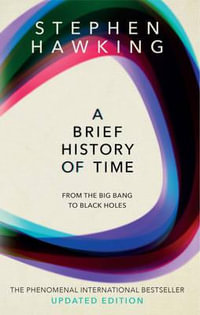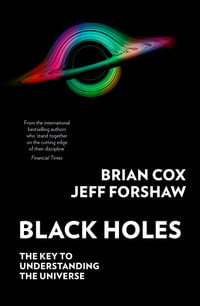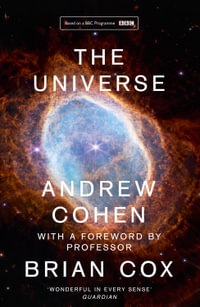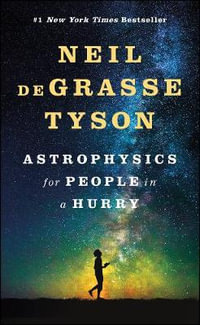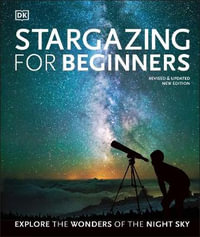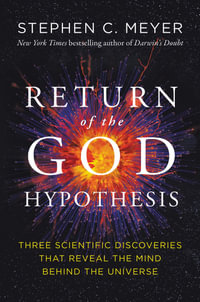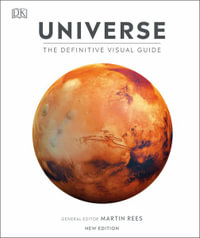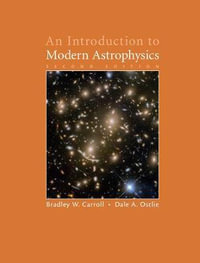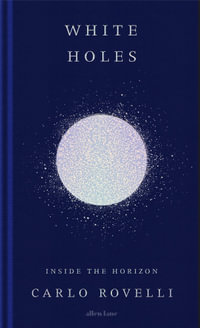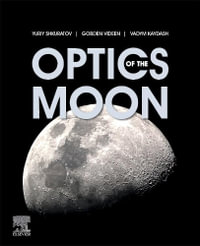| Preface | |
| Acknowledgements | |
| Group Photograph | |
| Workshop Participants | |
| Results from the coronal observations of the 1994 and 1995 total solar eclipses | p. 1 |
| Distribution on halfwidths for the green coronal line (5303 A) | p. 7 |
| Results of polarization observations of the white-light corona | p. 11 |
| Distribution of polarization degree for the solar corona of 03 November 1994 | p. 15 |
| Fundamental contributions of the solar eclipse observations to solar physics in the second half of the 20th century | p. 21 |
| Polarization of the 530.3 nm coronal line as observed on July 11, 1991 | p. 25 |
| Measurement of the coronal electron temperature at the total solar eclipse on 1994, November 3 | p. 31 |
| High resolution coronal imaging | p. 35 |
| Coronal physics inferred from the analysis of fine structures | p. 39 |
| Radiative transfer in atmospheres with randomly distributed inhomogeneities | p. 53 |
| Probing the solar atmosphere through radiophysics. A review of eclipse radio observations | p. 59 |
| Computation of nonlinear force-free coronal magnetic fields: theory face to observations | p. 69 |
| Comparing the large-scale coronal electron density distribution of the 1991 and 1994 solar eclipses | p. 73 |
| 2D MHD numerical model for the study of dynamic and magnetic structures in the solar atmosphere | p. 77 |
| MHD turbulences in the solar corona | p. 81 |
| Post-flare loops in the chromosphere and corona | p. 85 |
| Chromospheric and coronal heating mechanisms | p. 95 |
| Reconstruction of the large-scale distribution of coronal electrons from eclipse data | p. 103 |
| A new understanding of the coronal shape changes during the solar cycle | p. 111 |
| Thermal evolution of a coronal condensation | p. 117 |
| Medium and large scale structures of the low corona from decimeter and meter wavelength observations | p. 121 |
| Filament channels in the corona | p. 125 |
| Faint "chromospheric" emission in the solar corona: observational and theoretical problems | p. 131 |
| Creation of prominences and filaments - New vista on familiar sunscapes | p. 141 |
| Unsolved problems in prominence research | p. 149 |
| Eclipse E-corona recording at far distances | p. 159 |
| Simulation method to compute accurately the Einstein effect during a total solar eclipse. New ideas | p. 165 |
| Emission line spectrum of the solar corona | p. 169 |
| A possibility for studying subtelescopic structures in the solar corona | p. 177 |
| Eclipse observations relevant to the coronal heating problem | p. 181 |
| The indication of neutral hydrogen in the solar corona | p. 189 |
| Relevant radio observations during a total solar eclipse | p. 195 |
| NASA bulletin for the total solar eclipse of 1999 | p. 199 |
| Romanians preparations for the '99 eclipse | p. 209 |
| JOSO Working Group 7: A focal point for collaboration around the 1999 solar eclipse | p. 215 |
| A radio observation project for the 1999 solar eclipse | p. 219 |
| Romanian projects for the 1999 total solar eclipse | p. 223 |
| EIT, the Extreme-Ultraviolet Imaging Telescope on board SOHO:first results | p. 229 |
| Objectives of a Ukrainian solar-oriented satellite | p. 233 |
| A project for infrared observations during the total solar eclipses from the circumterrestrial orbit | p. 237 |
| Eye safety during solar eclipses - Myths and realities | p. 243 |
| Solar eclipses as a vehicle for international astronomy education | p. 249 |
| Variations of geophysical and biological parameters observed at a solar eclipse | p. 257 |
| List of Poster Papers | p. 261 |
| Notes on General Discussion | p. 263 |
| Author Index | p. 267 |
| Subject Index | p. 269 |
| Table of Contents provided by Blackwell. All Rights Reserved. |


